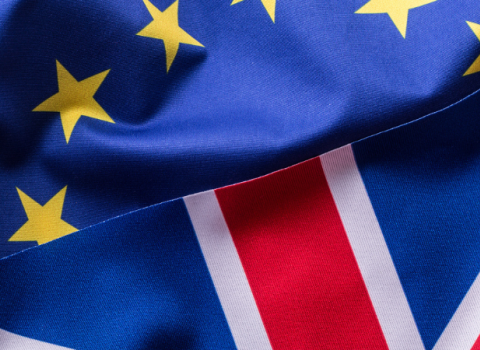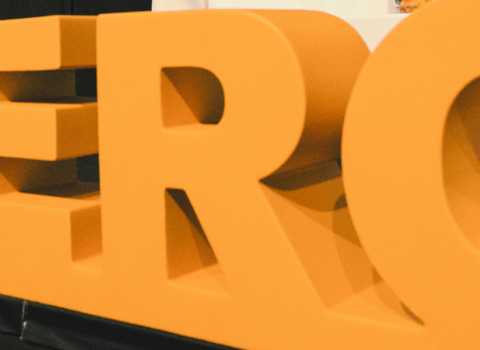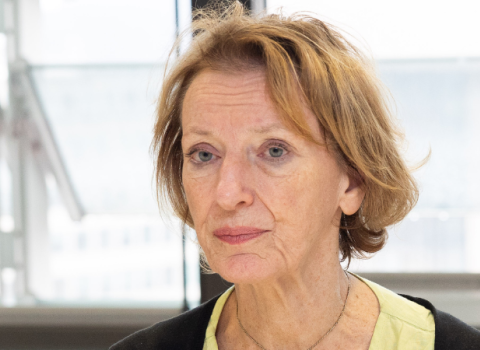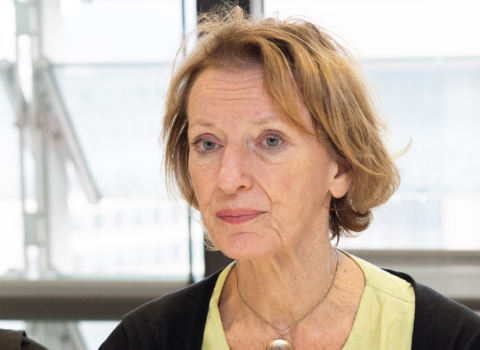In 15 years, twelve scientists funded by the EU’s frontier research programme have won Nobel prizes. ERC presidents past and current give their views on the recipe for success – and why it should be defended

Three ERC grantees won Nobel Prizes this year: Anton Zeilinger, Alain Aspect and Svante Pääbo. Credit for photo of Anton Zeilinger: Sepp Dreissinger / ÖAW
Fundamental science is a gamble. Scientists set out on projects in pursuit of knowledge, hoping to answer questions that no one has answered before. But in 2007 the EU decided it would give billions to the pursuit. Fifteen years on, the European Research Council (ERC) can justly claim to be doing well. Last week, three scientists who have received ERC funding won Nobel prizes.
The current president of ERC Maria Leptin and her predecessor Jean-Pierre Bourguignon, say it is the commitment to out-there ideas that helps generate ground-breaking science.
Svante Pääbo won the prize in physiology or medicine for “his discoveries concerning the genomes of extinct hominins and human evolution.” In physics, Alain Aspect and Anton Zeilinger were awarded for their “experiments with entangled photons, establishing the violation of Bell inequalities and pioneering quantum information science.”
Back when the first EU research programme was being conceived in the 1980s, scientists were talking about a fund within the Framework programmes for basic research. Politicians were sceptical, but after a long battle, the ERC was finally set up in 2007.
There are three main streams of ERC funding: starting grants for young scientists, consolidator grants for those in mid-career, and advanced grants for recognised experts in their fields. Any field of science can be funded, from health to social sciences. It’s all bottom-up: that means topics cannot be prescribed from the centre. A former, short-lived president of the ERC Mauro Ferrari tried to change this when the COVID-19 pandemic hit and was quickly ousted.
Maria Leptin, current president of the ERC and a leading biologist, says ERC’s success begins with the evaluation process. The founders set up a strict peer-review system to evaluate proposals. “It’s a brutally critical assessment,” says Leptin. “The reviewers are given very clear guidelines, and those are [to] look for something creative, innovative and original. We don’t want something obvious, we want something that goes beyond.”
Jean-Pierre Bourguignon, mathematician and former president of the ERC, started off his time at the council as the chair of the first mathematics panel. The first year was tough, recalls Bourguignon, and panellists had to ‘work like hell’ to sort out through the 9,000 proposals received that year. This was whilst he was on sabbatical in Hong Kong, where he was working day and night. “It’s a lot of work and not very well paid, but [leading researchers] come because they know it will be high level applications and they will meet other high level scientists,” says Bourguignon.
Both Bourguignon and Leptin point to the role of the ERC staff in the running of the process. Together with the rigorous selection process and the fact researchers know me-too projects won’t cut it, the success of the ERC is based on these three pillars. “As soon as you try to break the combination, there’s a risk,” says Bourguignon.
No top-down without bottom-up
But the ERC doesn’t exist in a bubble. It’s part of the EU’s increasingly complex and top-down research policy ecosystem, centred around the €95.5 billion Horizon Europe fund for research. Every seven years, when policymakers renegotiate the budget and shape of the fund, the scientific community rises to defend ERC’s existence against cuts from sceptical politicians and proponents of a more prescriptive type of research policy.
The ERC’s €16 billion share of the budget is significant, and its proponents believe this share should increase, despite the growing focus on policy-driven science. It may not be prescriptive, they believe, but it feeds into EU’s political priorities. A recent mapping of the ERC’s results under the previous Horizon 2020 research programme showed 34% are likely to contribute to EU’s health policies, 10% addressed problems linked to the digital transition, and 14% were relevant to climate policies. Euro for euro, the ERC produces more patents than the applied research parts of EU framework programmes.
“There will be more pressure for more top-down research, but it’s our job in the scientific community to explain that if you compress this part, you won’t be prepared for the next crisis,” Bourguignon says. “It’s critical to have a part of the programme that leaves freedom to the researchers.”
The ERC also has a world stage to compete on. In the US, the National Science Foundation’s 236 grantees won Nobel Prizes between 1950 and 2018, and four this year alone. But making comparisons is difficult. It’s a question of size. The US agency’s budget this year amounted to $8.8 billion, significantly more than the ERC’s €16 billion seven-year funding pot.
One frequently quoted ERC success story is the development of the COVID-19 vaccines. Thanks to extensive preliminary research into mRNA cancer vaccines, scientists could develop a vaccine for a whole new disease within months. It’s a scientific breakthrough that owes a lot to fundamental research, and many projects funded by the ERC, and the community is working hard to make sure everyone hears about it. But it’s already being taken for granted. “One thing which bothers me with this example is how quickly this became normal,” says Bourguignon.
The research continues, and the battle for funding goes on too. The Scientific Council, which governs ERC’s work, together with scientists, have been fighting for years. In 2020, they succeeded in maintaining the ERC’s share of the new seven-year research budget at 17%, but the next battle is just around the corner.
Leptin says scientists are ready to defend the ERC, and she’s positive that people are listening. The pandemic and climate change have highlighted the importance of science. “Some governments are extremely supportive, others think that their countries have different priorities. It would help if scientists on the ground would show enthusiasm, and that’s happening,” Leptin told Science|Business.
But it’s not just about the money. Bourguignon is also adamant the ERC must be defended against the European Commission’s attempts to simplify and make the entire research programme more uniform. The ERC, he believes, has a unique working model that should not be put at risk. He’s sceptical about the introduction of a lump sum pilot, in which ERC would hand money to scientists in one lump sum, but would require them to provide a more detailed explanation of how the money will be used during the application stage. “Simplifying management is important, but there are good and bad ways of doing it,” Bourguignon says.
Early-career researchers and freedom
Turning to the grantees, both Leptin and Bourguignon highlight the importance of the ERC’s non-prescriptive approach. The scientists are free to do what they want. It’s not about creating jobs, making money and developing new drugs, but also about pure exploration of all spheres of life, from literature to yoga. Once scientists set off on these explorations, they are free to change course if they find a more interesting avenue to pursue. “If you have a good idea, it won’t work on day one,” says Leptin. ERC’s big grants that run over several years accommodate this.
Bourguignon notes the freedom and risk-taking approach differentiates the fund from many national funding agencies, which tend to be more risk-averse. He’s heard a number of ERC grant holders say that similar proposals they submitted to national agencies were turned down due to being too risky.
It’s also not just a funding for well-established leading scientists that are poised to win prestigious awards. “I think what has to be remembered is that a huge amount of funding goes to the young,” says Leptin. “It’s not just for a select few that were already stars.”
She recalls the first ERC grant holder to win a Nobel prize, Konstantin Novoselov, was only 36 when he won the 2010 award for physics for the discovery of graphene at Manchester University. That was just three years after receiving a starting grant as part of the first batch of ERC funding in 2007.
Leptin’s advice for those who want to follow in Novoselov’s footsteps is to focus on writing a standout grant proposal. It’s difficult and competition is fierce, so “get advice, advice, advice,” she says.
Scientists in Horizon’s Europe Widening countries in central and eastern Europe, in particular can get help from mentors. And she advises against the use of professional agencies to write a proposal. “It’s your own creativity that counts,” Leptin says.




